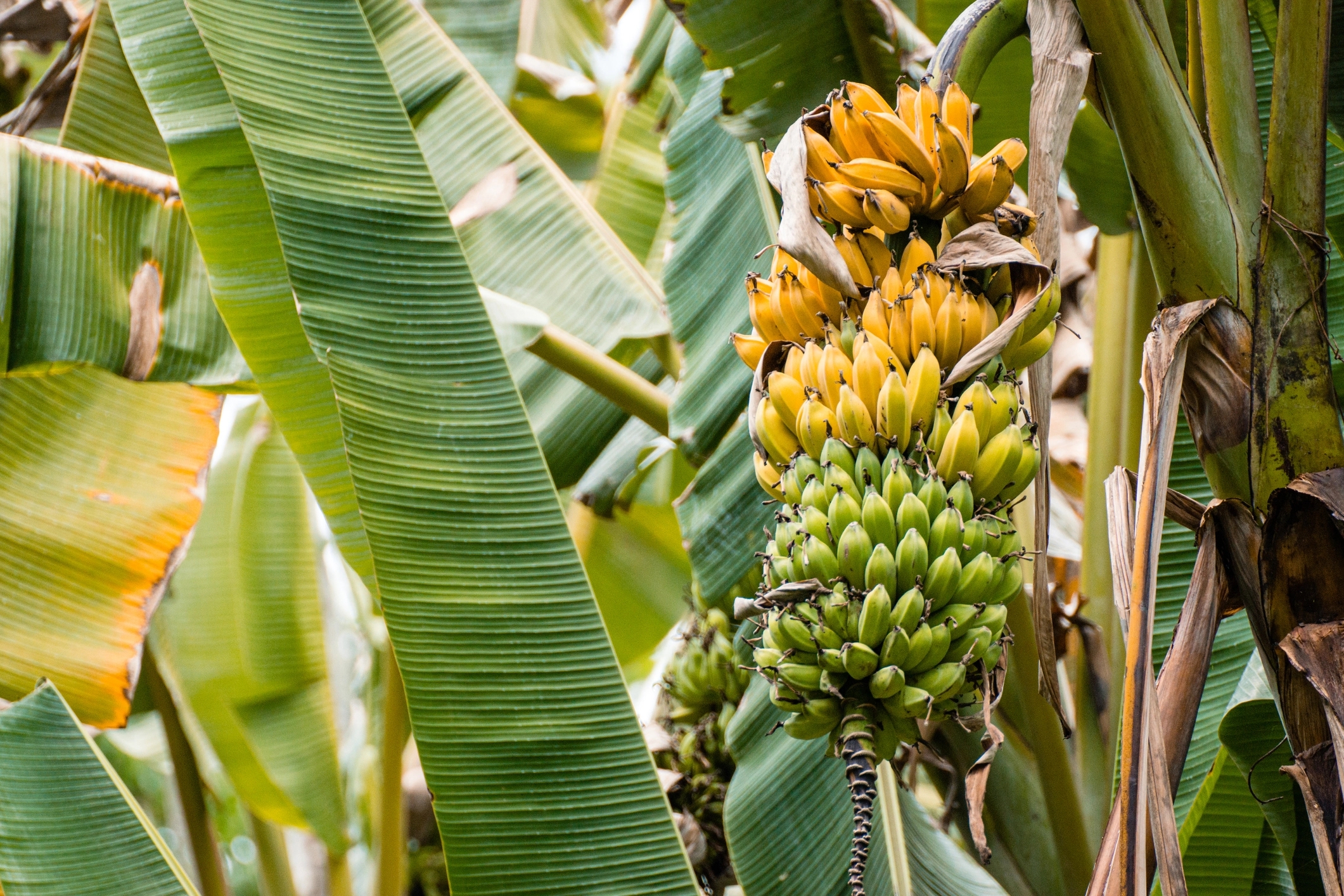
Fungicides - Protecting Crops and Plants from Fungal Diseases
Fungicides play a vital role in controlling and preventing the growth of fungi on crops, plants, and other organic matter. Fungi are a common cause of plant diseases, capable of inflicting various damages, from reducing yield and quality to complete crop failure. As a farmer or gardener, it is crucial to utilize fungicides as an essential tool to safeguard your crops and plants against fungal diseases.
We offer a full range of products
Understanding Different Types of Fungicides
Fungicides work by killing or inhibiting the growth of fungal spores, which are the reproductive structures of fungi. They achieve this by interfering with the metabolic processes of the fungi or by disrupting the cell membranes of the spores. Fungicides can be categorized into three main types: contact, systemic, and translaminar.
Contact Fungicides - Surface Protection against Fungal Spores
Contact fungicides are directly applied to the plant's surface, effectively eliminating fungal spores upon contact. They are primarily used for controlling surface infections and as preventive measures. Examples of contact fungicides include sulfur, copper, and mancozeb.
Systemic Fungicides - Internal Protection for Comprehensive Defence
Systemic fungicides are absorbed into the plant and move throughout its vascular system, providing internal protection. They are particularly effective for controlling internal infections, although they may have a slower onset of action. Examples of systemic fungicides include azoxystrobin, propiconazole, and tebuconazole.
Translaminar Fungicides - Dual-sided Leaf Protection
Translaminar fungicides combine the benefits of contact and systemic fungicides. They are applied to the plant's surface but are absorbed into the leaf tissue, reaching the underside of the leaf, and providing protection from both sides. Translaminar fungicides are particularly effective against diseases that affect the underside of leaves, such as powdery mildew. Examples of translaminar fungicides include trifloxystrobin and flutriafol.
Understanding Chemical Classes of Fungicides for Targeted Control
Fungicides can also be classified based on their chemical composition. There are various chemical classes of fungicides, each with a unique mode of action and spectrum of activity. Examples include benzimidazoles, dithiocarbamates, imidazoles, and triazoles. Different chemical classes target specific types of fungal diseases, allowing for comprehensive control measures.
Responsible Fungicide Use for Effective Disease Management
It is crucial to note that fungicides should be used judiciously and in strict accordance with label instructions to minimize risks to human health, the environment, and non-target organisms. Overuse or misuse of fungicides can lead to the development of resistance in fungal populations and the accumulation of residues in soil and water, which can have harmful effects. To minimize these risks, it is important to rotate fungicides with different modes of action and utilize them in combination with cultural practices and biological control methods.
Conclusion - Safeguarding Crops and Plants with Effective Fungicide Strategies
In conclusion, fungicides are indispensable tools for controlling fungal diseases and protecting crops and plants. By understanding the different types of fungicides and their modes of action, you can implement comprehensive disease management strategies. Remember to use fungicides responsibly, adhering to label instructions, and integrating them with cultural practices and biological control methods for optimal results in reducing the incidence of fungal diseases.

DOWNLOAD BROCHURE
Discover our products: Download one of our flyers now! In our download area, you will find detailed information about our customized solutions, which are specifically tailored to your business requirements. Learn more about our innovative products and how they can help you achieve your business goals. Click below to start the download and get a deeper understanding of our high-quality products.

Kehrwieder 11,
DE-20457 Hamburg